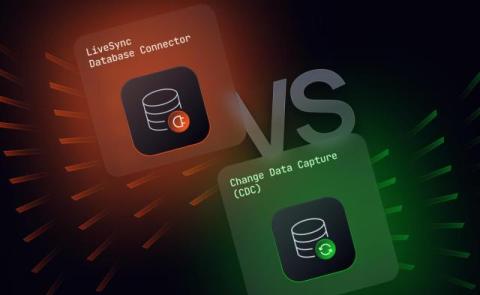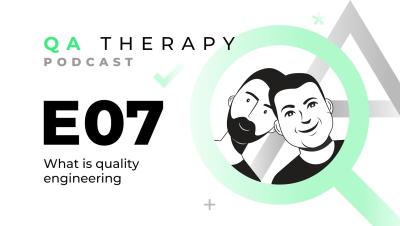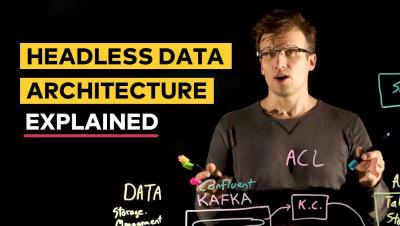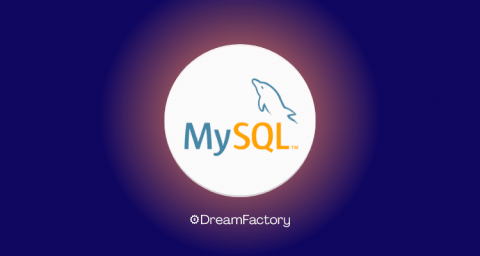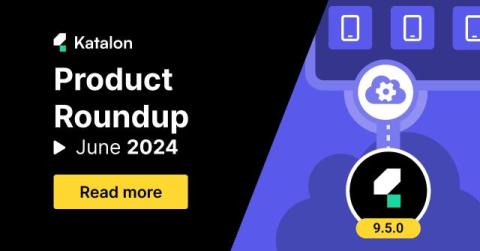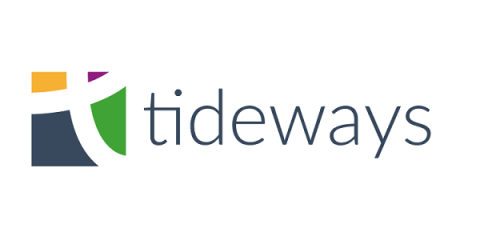Spreadsheets vs. Test Management Tools: Unleash the Power of Efficient Test Cases
In the ever-evolving world of software development, a well-defined test plan is the cornerstone of a successful Quality Assurance (QA) process. For QA professionals, testers, testers, and developers alike, a robust plan ensures comprehensive testing, minimizes risks, and ultimately delivers high-quality software. Traditionally, spreadsheets like Excel have been the go-to tool for crafting test plans. However, as projects grow in complexity, the limitations of spreadsheets become increasingly apparent.



